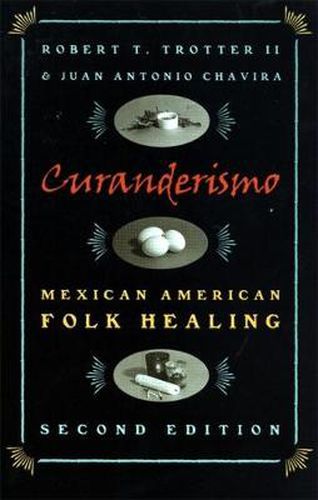Readings Newsletter
Become a Readings Member to make your shopping experience even easier.
Sign in or sign up for free!
You’re not far away from qualifying for FREE standard shipping within Australia
You’ve qualified for FREE standard shipping within Australia
The cart is loading…






The practice of curanderismo, or Mexican American folk medicine, is part of a historically and culturally important health care system deeply rooted in native Mexican healing techniques. This is the first book to describe the practice from an insider’s point of view, based on the authors’ three-year apprenticeships with curanderos (healers).
Robert T. Trotter and Juan Antonio Chavira present an intimate view of not only how curanderismo is practiced but also how it is learned and passed on as a healing tradition. By providing a better understanding of why curanderos continue to be in demand despite the lifesaving capabilities of modern medicine, this text will serve as an indispensable resource to health professionals who work within Mexican American communities, to students of transcultural medicine, and to urban ethnologists and medical anthropologists.
$9.00 standard shipping within Australia
FREE standard shipping within Australia for orders over $100.00
Express & International shipping calculated at checkout
The practice of curanderismo, or Mexican American folk medicine, is part of a historically and culturally important health care system deeply rooted in native Mexican healing techniques. This is the first book to describe the practice from an insider’s point of view, based on the authors’ three-year apprenticeships with curanderos (healers).
Robert T. Trotter and Juan Antonio Chavira present an intimate view of not only how curanderismo is practiced but also how it is learned and passed on as a healing tradition. By providing a better understanding of why curanderos continue to be in demand despite the lifesaving capabilities of modern medicine, this text will serve as an indispensable resource to health professionals who work within Mexican American communities, to students of transcultural medicine, and to urban ethnologists and medical anthropologists.